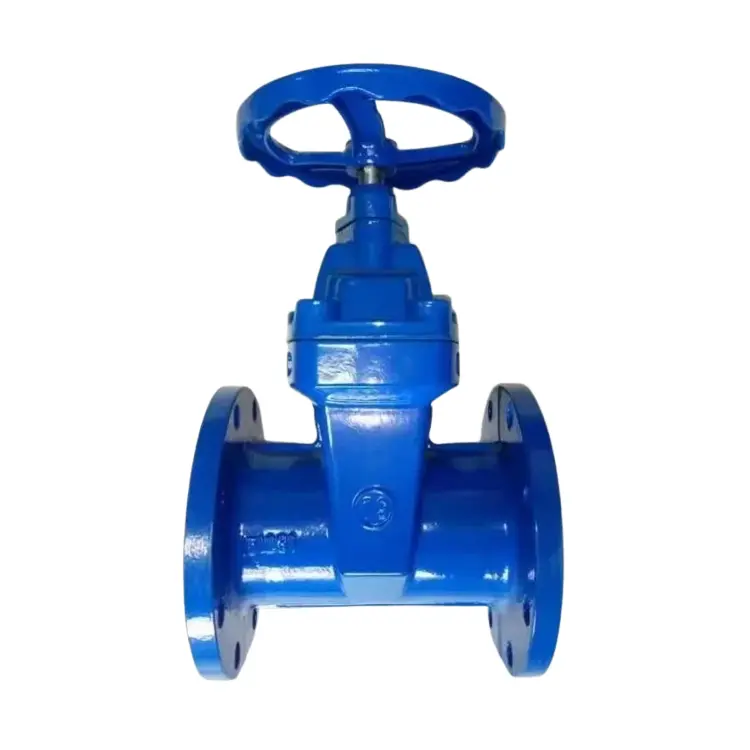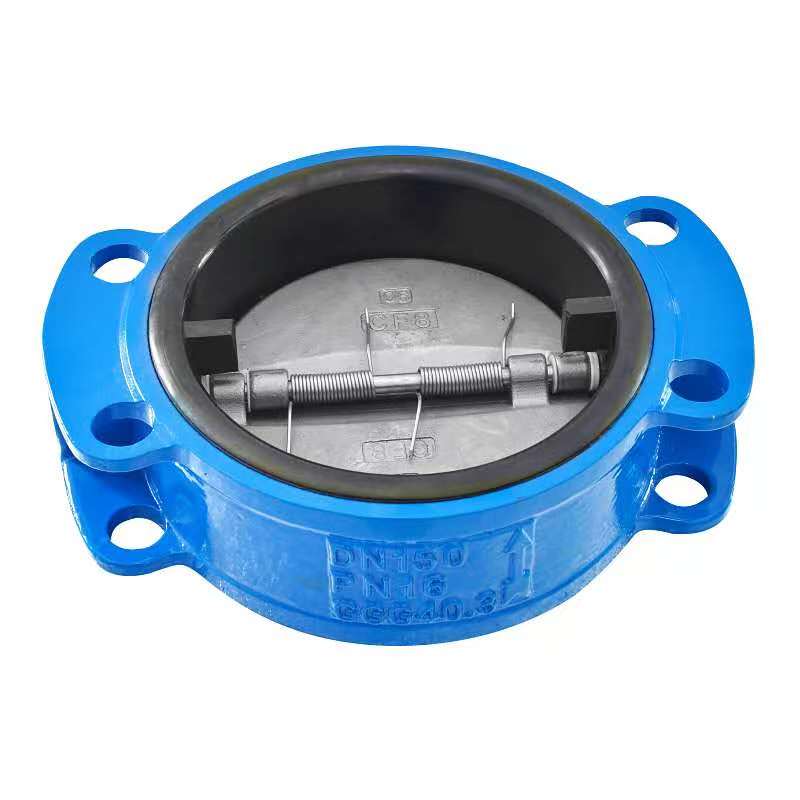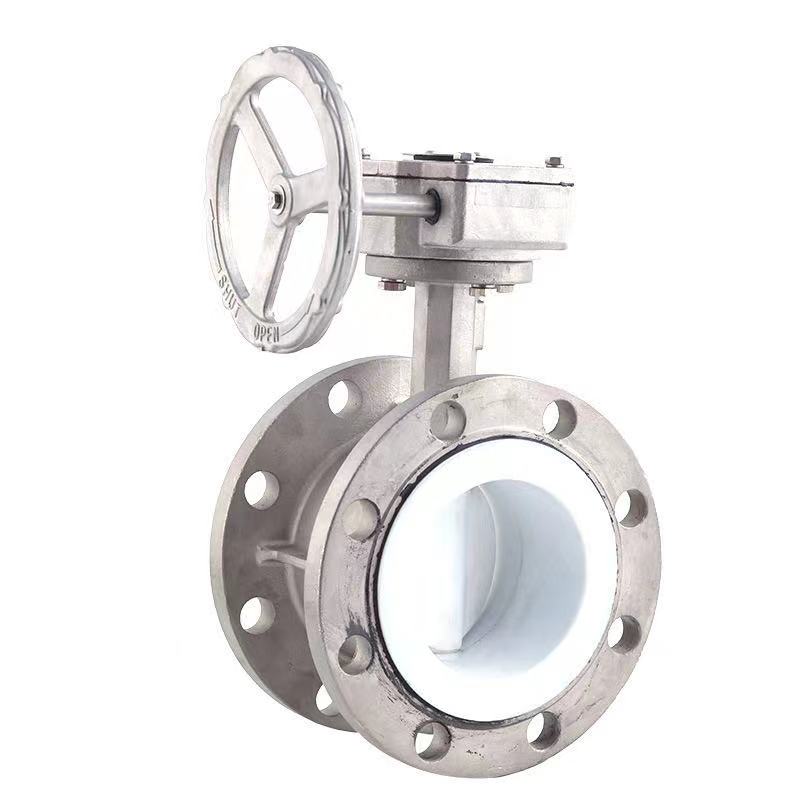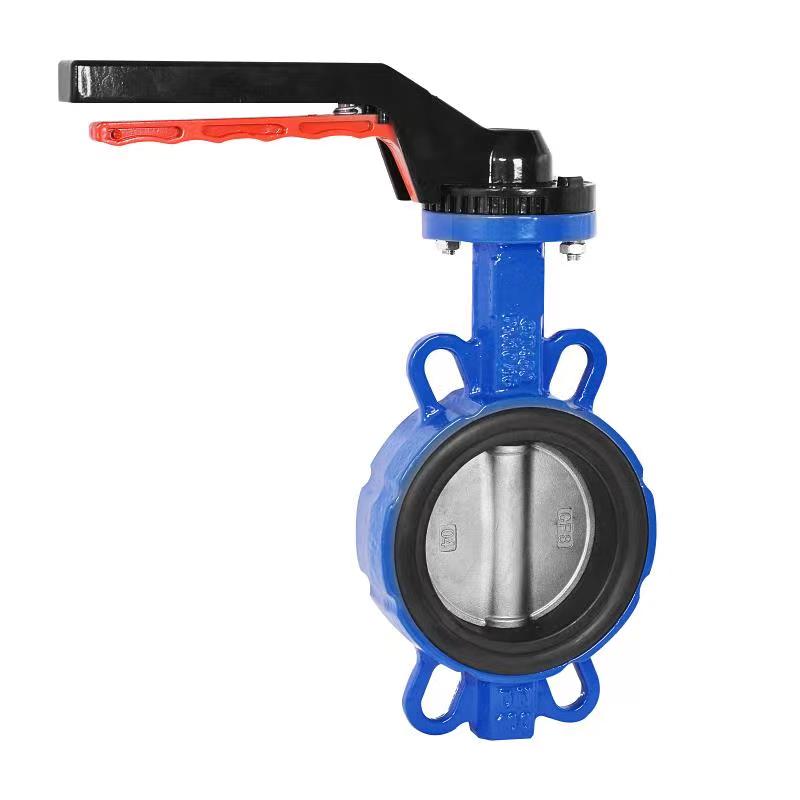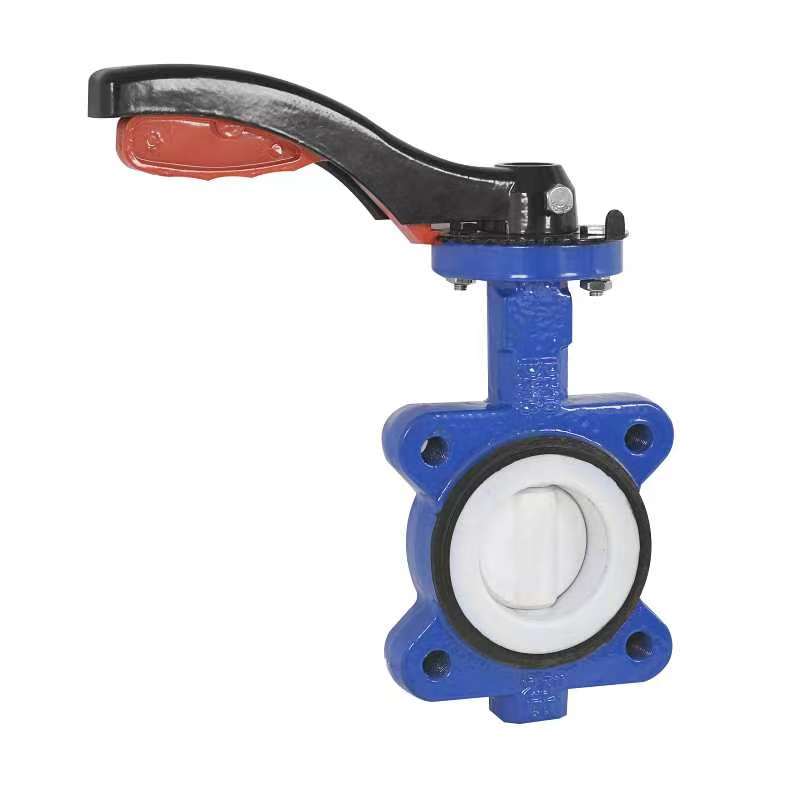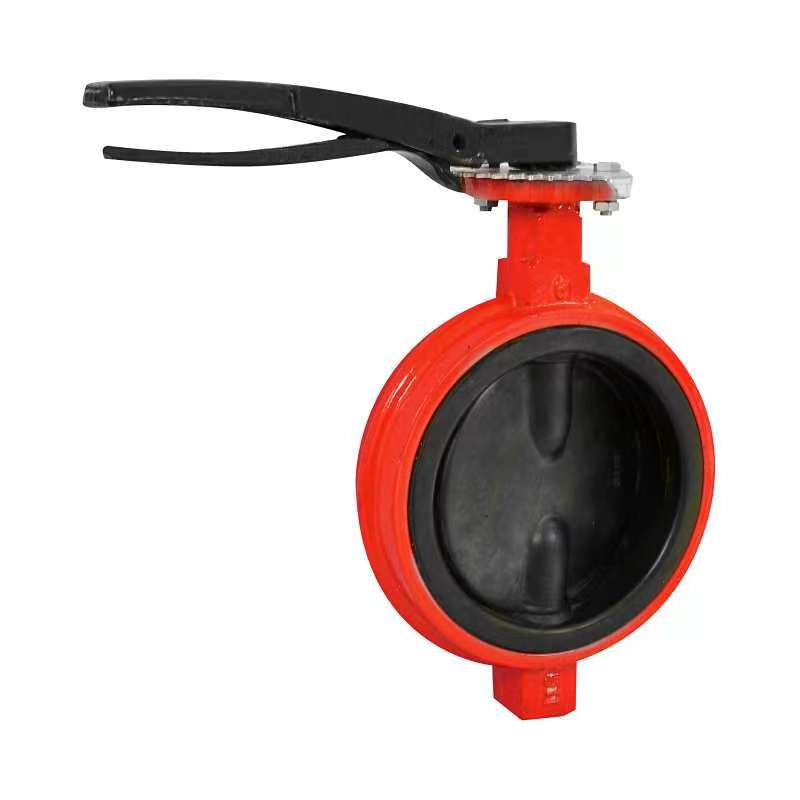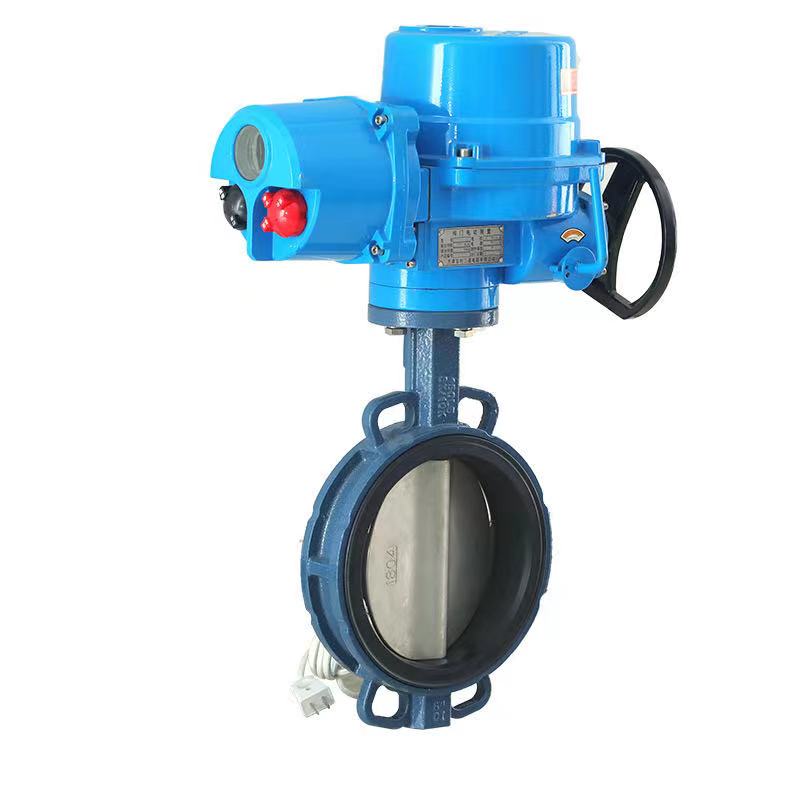- English
- Español
- Português
- русский
- Français
- 日本語
- Deutsch
- tiếng Việt
- Italiano
- Nederlands
- ภาษาไทย
- Polski
- 한국어
- Svenska
- magyar
- Malay
- বাংলা ভাষার
- Dansk
- Suomi
- हिन्दी
- Pilipino
- Türkçe
- Gaeilge
- العربية
- Indonesia
- Norsk
- تمل
- český
- ελληνικά
- український
- Javanese
- فارسی
- தமிழ்
- తెలుగు
- नेपाली
- Burmese
- български
- ລາວ
- Latine
- Қазақша
- Euskal
- Azərbaycan
- Slovenský jazyk
- Македонски
- Lietuvos
- Eesti Keel
- Română
- Slovenski
- मराठी
- Srpski језик
- Esperanto
- Català
- שפה עברית
- Cymraeg
- Latviešu
- icelandic
- ייִדיש
- беларускі
- Hrvatski
- Kreyòl ayisyen
- Shqiptar
- Malti
- lugha ya Kiswahili
- አማርኛ
- Bosanski
- Frysk
- ភាសាខ្មែរ
- ქართული
- ગુજરાતી
- Hausa
- Кыргыз тили
- ಕನ್ನಡ
- Corsa
- Kurdî
- മലയാളം
- Maori
- Монгол хэл
- Hmong
- IsiXhosa
- Zulu
- Yoruba
- অসমীয়া
- ଓଡିଆ
- Twi
- Samoa
- Sesotho
- සිංහල
- Gàidhlig
- Cebuano
- Somali
- Тоҷикӣ
- O'zbek
- Hawaiian
- سنڌي
- Shinra
- Հայերեն
- Igbo
- Sundanese
- Lëtzebuergesch
- Malagasy
- Tǝlam Kanuri
- Punjabi
- پښتو
- Chichewa
Why can new material butterfly valves cope with extreme working conditions?
The reason why the new material butterfly valve can cope with extreme working conditions lies in the collaborative innovation of materials, structure, and technology, which enables it to operate stably in harsh environments.
At the material level, the new butterfly valve adopts high-performance alloys, ceramics or special plastics, significantly improving its corrosion resistance, high temperature resistance and wear resistance. For example, in strong acid, strong alkali, or chlorine containing media, butterfly valves lined with polytetrafluoroethylene (PTFE) can achieve "zero corrosion", while ceramic coated butterfly valves can resist high-speed particle erosion and extend their service life. The application of these materials makes butterfly valves the preferred choice in extreme corrosion scenarios such as chemical and marine engineering.
In terms of structural design, the new butterfly valve further adapts to extreme working conditions by optimizing the flow channel and sealing technology. Three dimensional flow field simulation technology makes the butterfly plate shape more in line with fluid characteristics, reduces pressure drop and turbulence, and lowers energy consumption; Metal sealing or soft hard composite sealing structure ensures that the butterfly valve can maintain zero leakage even under high pressure difference (such as power desulfurization system) or high frequency opening and closing (such as mining material transportation). In addition, the application of lightweight composite materials makes butterfly valves more advantageous in weight sensitive fields such as aerospace and deep-sea exploration.
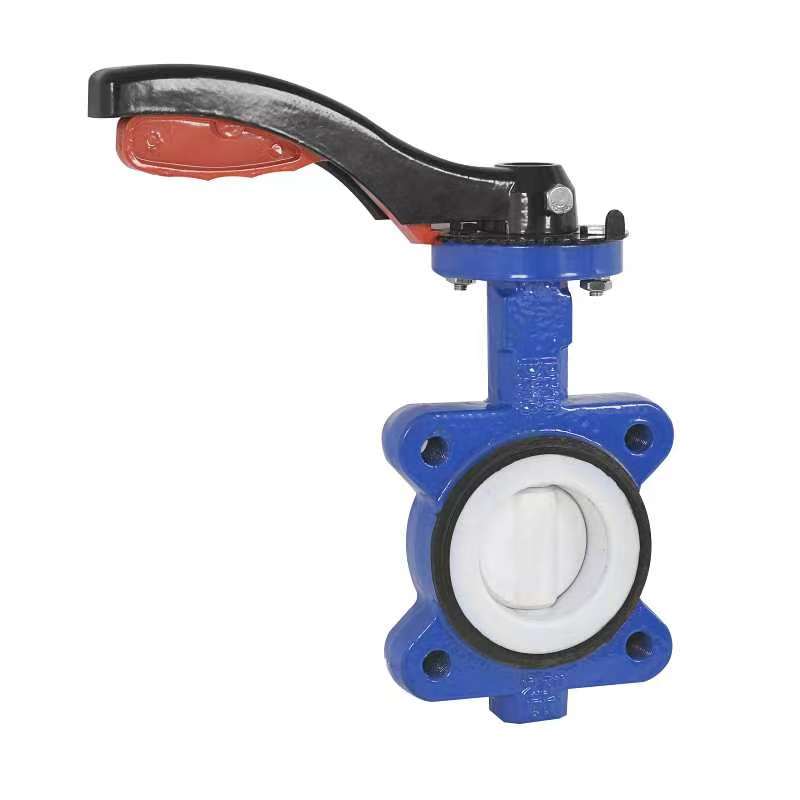
The upgrading of manufacturing processes is equally crucial. Precision machining and surface treatment technologies, such as laser cladding and supersonic flame spraying, have improved the surface hardness and density of butterfly valves, reducing the risk of friction and leakage; The integration of non-destructive testing and intelligent sensors enables real-time monitoring of the operating status of butterfly valves, early warning of potential faults, and avoiding sudden shutdowns under extreme working conditions.
From deep-sea high-pressure to high-temperature refining, from highly corrosive media to high-frequency impact environments, new material butterfly valves continuously break through performance boundaries through the integration of material innovation, structural optimization, and intelligent technology. It is not only a key control equipment in the process industry, but also a "guardian" to ensure the safe and stable operation of the system under extreme working conditions. In the future, with the deep integration of materials science and digital technology, the adaptability and reliability of butterfly valves will be further improved, providing solutions for more extreme scenarios.
Related News
- Why can ball valves be opened and closed quickly?
- What are the requirements for installing ball valves?
- Is there a strict requirement for the installation direction of ball valves?
- Can check valves prevent pump reversal
- What scenarios are check valves suitable for?
- What should I do if the check valve cannot stop the water?
Leave me a message
New Products


